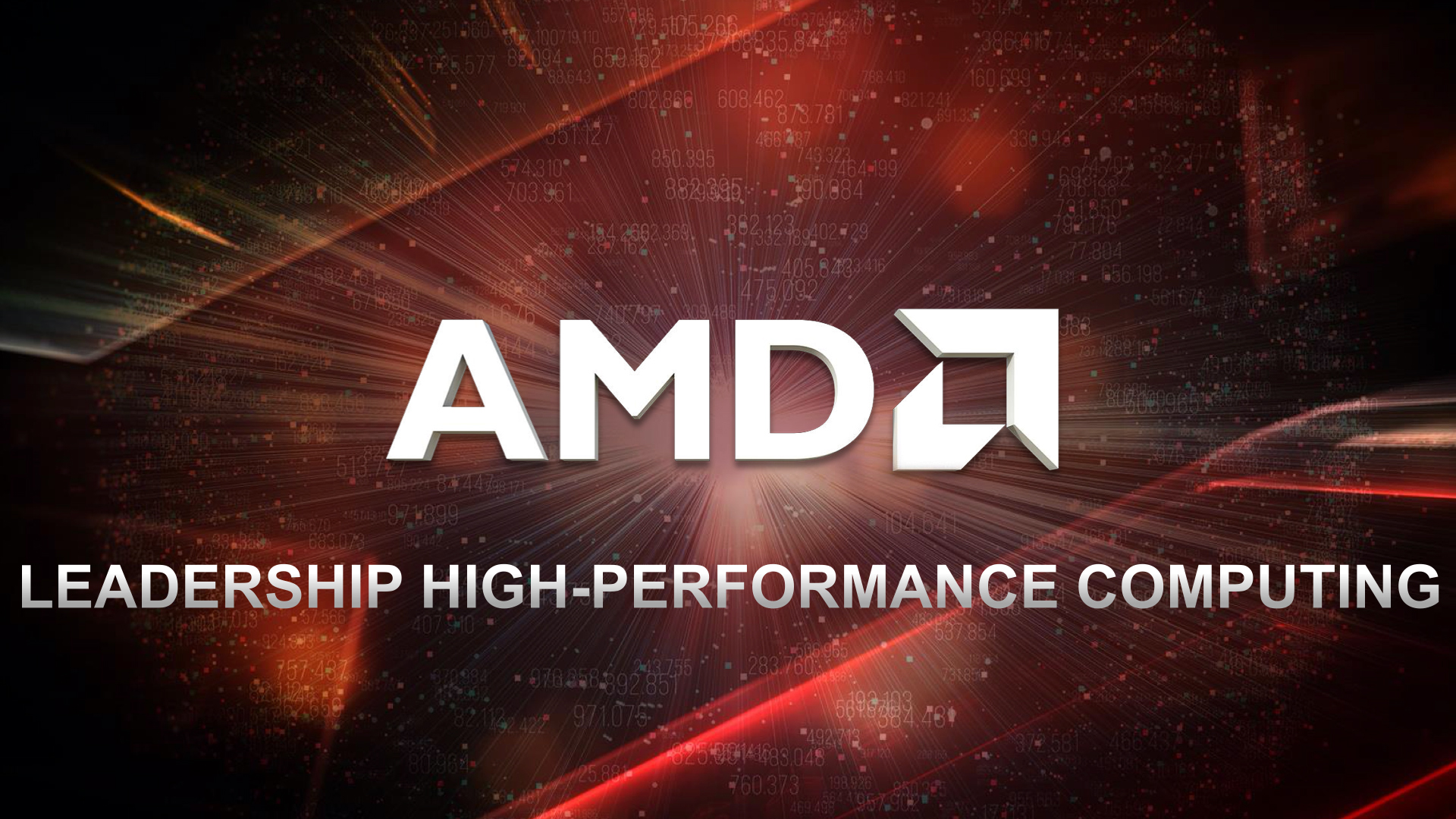To beat Nvidia, AMD bets on open source acquisition and a strategy reminiscent of Linux vs Microsoft era
AMD’s hopes to boost its AI-boosting software portfolio with the purchase of the $36.5m-rated Nod.ai

AMD is tapping into the power of open source with its acquisition of Nod.ai, which has developed a portfolio of tools and systems to boost the deployment of AI applications on the company's hardware.
Nvidia’s compute unified device architecture (CUDA) software has become the industry standard for GPU workloads – but AMD is hoping to challenge this dominance with its own open source alternatives.
CUDA is closed source, whereas AMD’s use of software like Radeon open compute (ROC) – and now Nod.ai’s platforms, including its SHARK software – poses an alternative means for businesses to optimize AI deployment.
Nvidia vs AMD is the new Windows vs Linux
The ten-year-old firm, which was valued recently at $36.5 million, builds and develops optimization software that can run on the best Ryzen chips, including EPYC CPUs, Radeon GPUs and Versal processors. This makes it a neat fit, with the company slotting straight into AMD’s operations as it hopes to bring the fight to Nvidia.
AMD will absorb Nod.ai’s team as part of the acquisition, which cements the company’s aim to bolster its software portfolio.
Indeed, although Nvidia is known as a hardware form – and the industry leader for providing GPUs for AI workloads, its software – particularly CUDA alongside its optmized libraries, reinforces its superiority.
“The acquisition of Nod.ai is expected to significantly enhance our ability to provide AI customers with open software that allows them to easily deploy highly performant AI models tuned for AMD hardware,” said Vamsi Boppana, AMD’s senior VP for AI.
Are you a pro? Subscribe to our newsletter
Sign up to the TechRadar Pro newsletter to get all the top news, opinion, features and guidance your business needs to succeed!
“The addition of the talented Nod.ai team accelerates our ability to advance open-source compiler technology and enable portable, high-performance AI solutions across the AMD product portfolio.”
By embracing Nod.ai and incorporating its tools into its broader portfolio, AMD is choosing an approach that means its tussle with Nvidia is similar in nature to the Linux vs Windows rivalry. While Linux follows an iterative and collaborative development cycle, Windows remains Microsoft’s proprietary operating system.
More from TechRadar Pro

Keumars Afifi-Sabet is the Technology Editor for Live Science. He has written for a variety of publications including ITPro, The Week Digital and ComputerActive. He has worked as a technology journalist for more than five years, having previously held the role of features editor with ITPro. In his previous role, he oversaw the commissioning and publishing of long form in areas including AI, cyber security, cloud computing and digital transformation.